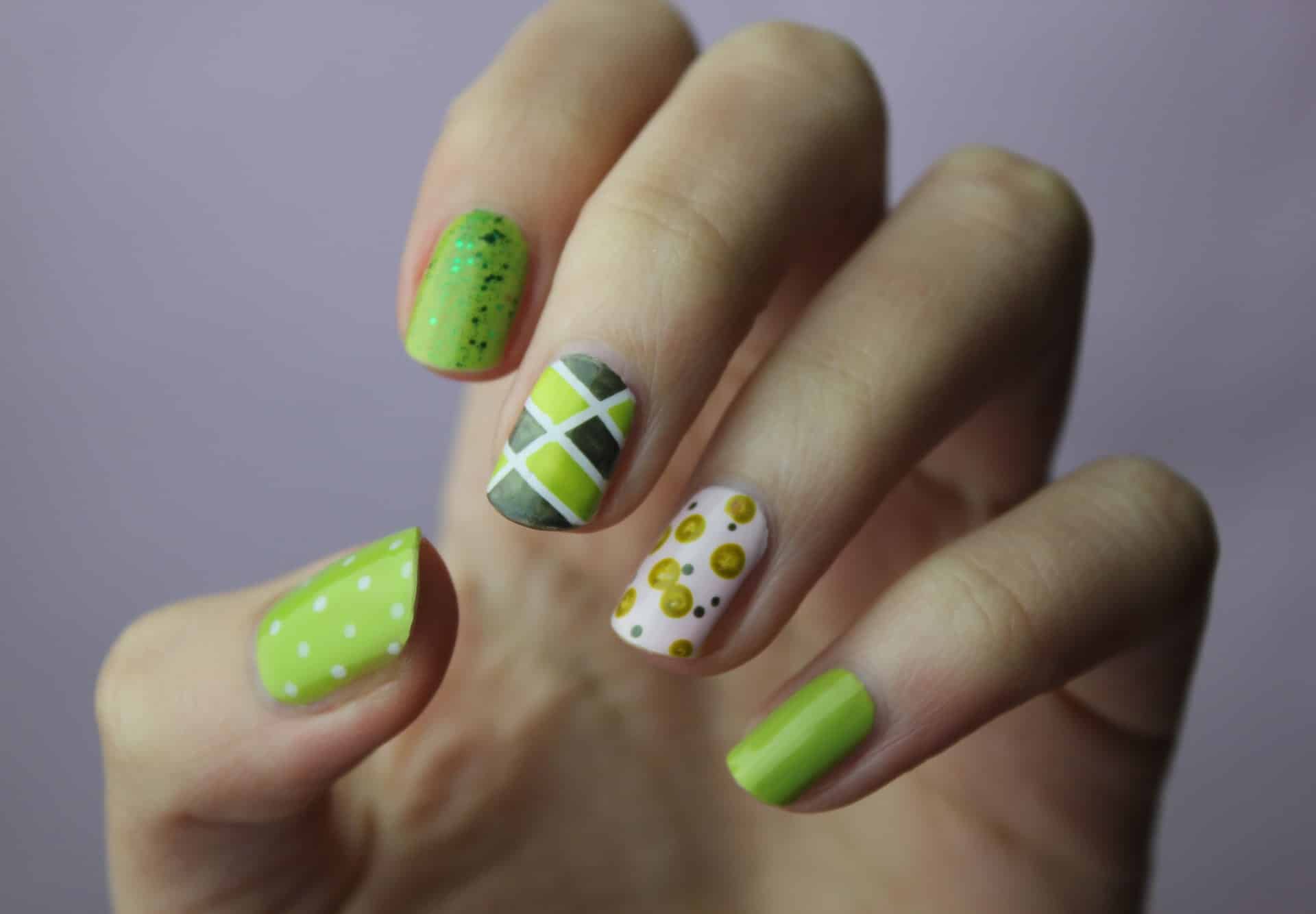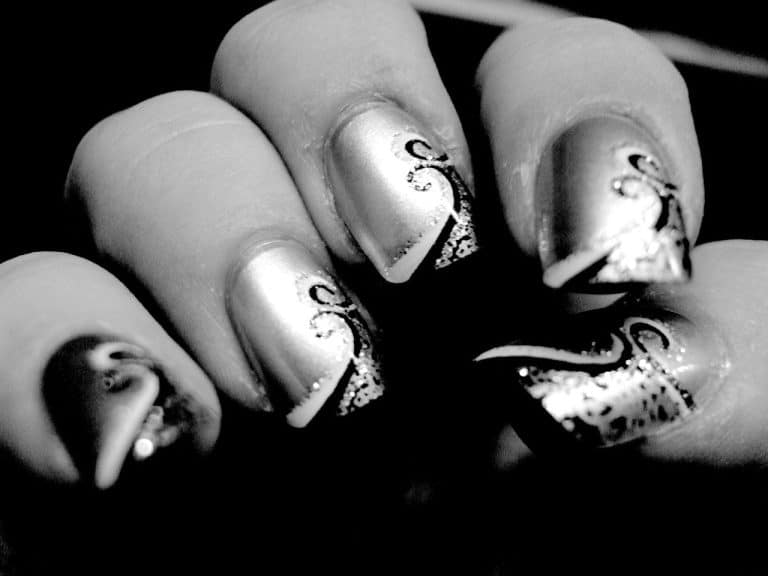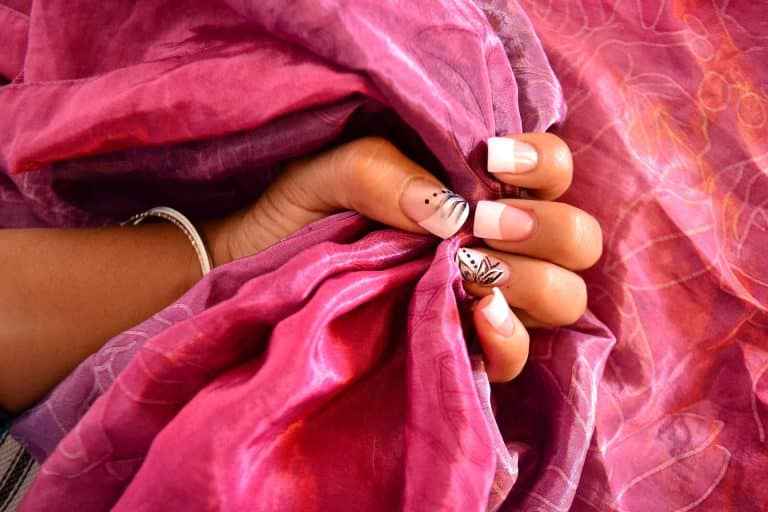Everything You Need to Know About Repairing Dry Cuticles

Dealing with dry cuticles may be the bane of nail care. But when healthy and hydrated cuticles play an essential role in good nail health, you may want to add some habits to your routine.
Table of Contents
Why are my cuticles so dry?
Take a close-up look at your cuticles to assess their health. The cuticle is a thin layer of skin found at the nail’s very base. It serves an important function, shielding your nails from bacteria. Dryness, flaking, spittling, and peeling are the tell-tale signs of dehydration. While dry cuticles don’t typically lead to serious health complications, it’s important to consult a medical professional if you experience an infection or frequent bleeding.
Before we dive into the how, let’s focus on the why. Here, we will look at the reason you have split or dry cuticles. Insights like these can help you limit exposure to damaging factors or consider an alternate treatment route. These are some of the most common reasons for dry cuticles and skin around the nails:
- Washing hands too frequently
- Lack of moisture
- Cold weather
- Exposure to chemicals
- Nail or cuticle biting
- Eczema
- Malnutrition
- Certain medication side effects
How to get rid of dry cuticles
Home remedies for dry cuticles are an easy way to revitalize the health of your cuticles. But prevention is the simplest solution for how to fix dry cuticles before they even start.
Get your nails looking flawless with just a few taps. Book your next nail appointment effortlessly
Moisturizing your hands and nails consistently will help you avoid dry, cracked cuticles and keep them hydrated. Limit exposure to products using harsh chemicals like soaps, hand sanitizers, and nail polish removers. And the same goes for chemical cleaners or detergents! These types of products can be drying to the nails and can cause peeling or cracking cuticle areas. Use them sparingly, and when tidying up, always wear gloves as a prevention-forward dry cuticle remedy.
If you’ve found yourself past the point of prevention, don’t fret! In most cases, you can treat dry cuticles with homemade remedies. Use this dry cuticles remedy guide to learn how to restore moisture to your cuticles:
- Learn how to moisturize cuticles
Moisturizing your cuticles doesn’t require an extensive list of steps or supplies. Truthfully, all you really need is a cuticle moisturizer to do the job. So, what’s the best cuticle moisturizer to use? Creams designed specifically for cuticle care make an excellent choice. But cuticle oil or even your standard hand cream or lotion can work. Apply a bit of your chosen product onto your nail area and rub it in thoroughly with your fingertips or a soft brush.
Put gloves on over the product if you want to give your cuticle moisturizer a power boost. This method works best as an overnight treatment, allowing the cream to sink in fully. Put moisturizer on as usual and slide on a pair of cotton gloves to lock the product in. Wrapped under gloves, the cream will deeply penetrate the cuticles and nourish them while you get your beauty sleep.
- Use cuticle oil for nails
Cuticle oil is one of the best-kept secrets to beautiful nails and hands. It quickly absorbs into the skin, softening and moisturizing the cuticle area to prevent dryness. Consistent use is vital for avoiding cracking or peeling cuticles. At least once a day, apply a small drop of cuticle oil to each nailbed. Massage it in to stimulate blood flow and increase circulation.
A classic cuticle oil formula is typically made up of a mixture of oils and vitamins. Many cuticle oil products include additional ingredients that benefit nail health. Flower cuticle oil, like rose cuticle oil, or oils infused with plants like aloe vera can provide extra perks. Cuccio cuticle oil and L’Occitane cuticle oil are cult favorites loved by beauty gurus and nail care experts. But you can easily find more budget-friendly alternatives at any beauty supply store.
If you’re in a bind, you can create a DIY natural cuticle oil to substitute for a pro version. Create coconut cuticle oil or vitamin E cuticle oil by putting a dab of either substance directly onto your nail. Both vitamin E and coconut oil are natural moisturizers that can refresh dry, brittle cuticles using plant-based ingredients.
- Find the best cuticle cream for dry cuticles
The number one rule of dry cuticle repair is moisturization. Applying cuticle cream can provide intense hydration and reverse the symptoms of dry cuticles. Cuticle cream is an alternative to cuticle oil. Both products offer moisturizing effects, but cuticle cream is known for its rich and velvety feel. The price tag isn’t always the best representation of quality. You can easily find a great cuticle cream for a few pounds. The best cuticle cream for dry cuticles will be one with natural and nourishing ingredients that elevate cuticle health. So, check the ingredients label first!
- Try shea butter cuticle cream
You may already be familiar with shea butter. It’s a universal skin salve packed with hydrating properties. Shea butter has already proven its effectiveness in the beauty world as a hydrator for skin and hair. And with cuticles, it’s no different! The next time you’re lathering up, don’t forget to use some on your hands. Shea butter contains fatty acids which act to heal damaged nail beds. So, by incorporating shea butter into your nail care routine, you can crack down on dry, cracked cuticles and repair them in no time.
- Do a hand soak for dry cuticles
For a more heavy-duty style home treatment, opt for an oil soak to restore healthy cuticles. Hand soaks using oil are particularly effective as a therapy for dry cuticles. Oils have a thicker consistency than other products, and they can lock in moisture for longer than creams or lotions. Choose an oil rich in vitamin E for the best benefits. Go for argan, coconut, or olive oil, and pour some into a small bowl. Soak your nails in the oil for 10 to 15 minutes daily to reap the benefits.
- Stop biting cuticles and picking at them
Habits like picking and biting your cuticles can be detrimental to your nail health. Especially during colder months, picking away at dry and cracked cuticles can be tempting. But picking or biting cuticles can damage your nail area. Digestive enzymes in saliva slowly deteriorate the area, leading to dryness and splitting. Constant poking and prodding also create a larger gap for bacteria and fungi to call home.
Be mindful of your nail care vices, and try stopping the habits before they happen. But you can also look for solutions to heal picked cuticles and prevent them in the future. Many nail product brands produce bitter-flavored nail polishes designed to reduce biting. Even adhesive bandages can work as a temporary barrier for minimizing cuticle biting or picking habits.
- Avoid cutting cuticles
Now for the controversial question: is cutting cuticles bad? According to dermatologists, there isn’t a valid reason to cut your cuticles. And actually, cutting the cuticles can put you at risk of injury, irritation, or infection. After all, the cuticles are the nail’s natural barrier to keep bacteria away, so it’s better to leave them be. If you still want to tend to your cuticles sans cutting, buff them out. Use a nail buffer to softly smooth out your cuticles instead of cutting them.
- Seek out professional dry cuticle treatment
Turn to a healthcare professional if you’ve tried all the methods to no avail. Stubborn, dry cuticles that don’t improve with a DIY treatment for dry cuticles could require medical expertise. This is why sometimes the best treatment for dry cuticles is a trip to the doctor. A physician will know how to treat cuticles with the proper procedures or prescriptions. An underlying condition like eczema could cause dry cuticles. But they can also result from malnutrition or a medication side effect.





